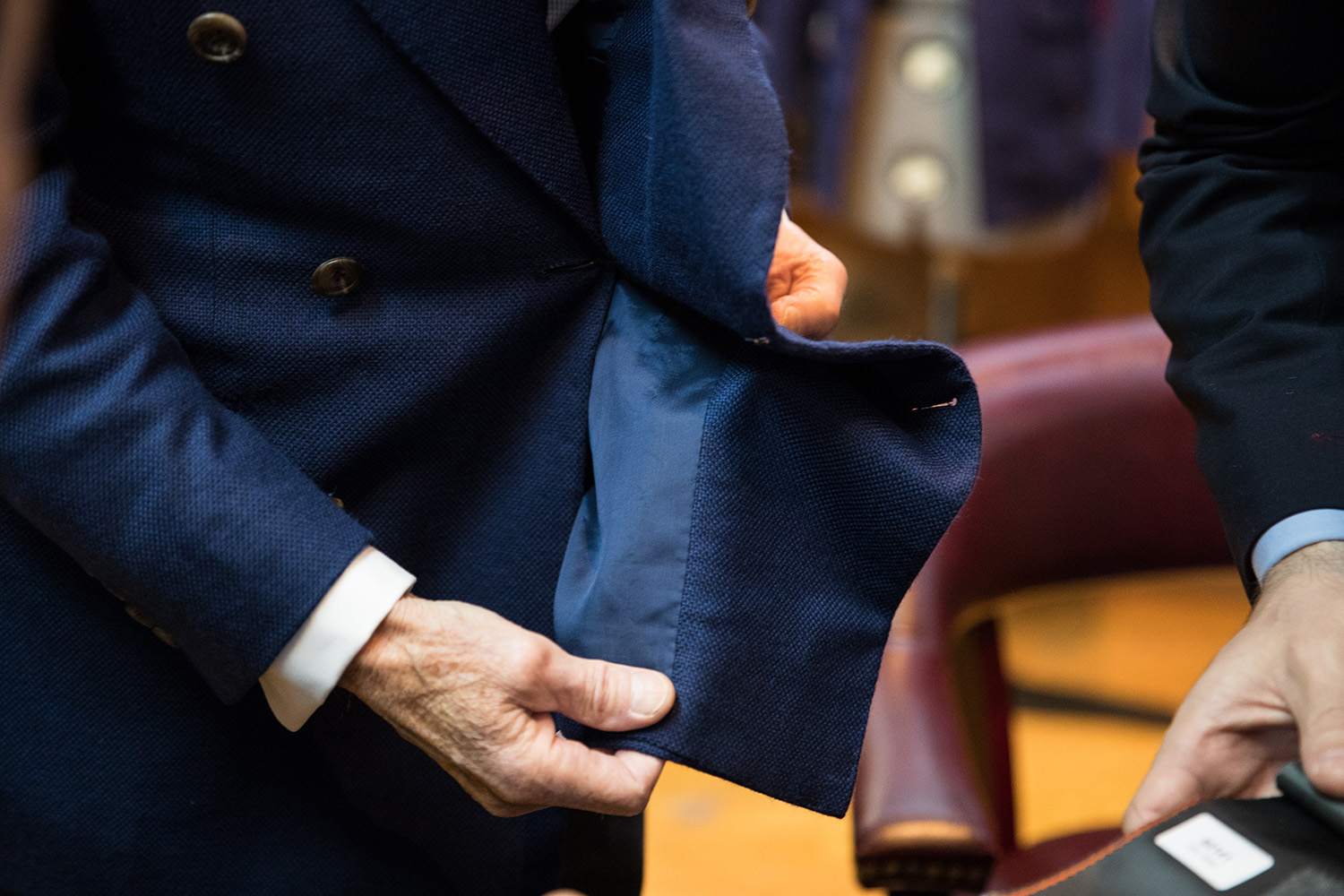[ad_1]

From balaclavas to cowgirl hats—and even the return of low-rise jeans—whatever the most current developments, they are guaranteed to fly from catwalks to customers the instant that types go away the phase at the Australian Trend Week following week.
But just before fashionistas invest up big, College of South Australia researchers are encouraging purchasers to reconsider flighty buys and take a instant to better have an understanding of trending of “quickly” trend and its effect on the setting.
In a new analyze led by UniSA Ph.D. candidate Erin Skinner, scientists explored Australians’ information of quickly and gradual fashion, locating that common shoppers not only lacked an being familiar with of the issues, but have been also averse or unable to adjust their purchasing habits to aid additional sustainable alternatives.
With Australians overrepresented as just one of the most significant buyers of textiles globally, UniSA researchers say govt and the vogue industry have an obligation to better teach people about the effects of rapidly fashion and present alternative possibilities and models.
“Fast fashion is all about demand from customers-driven clothing, where by purchasers snap up the newest fashion types at the top of their popularity, only to discard them right after a few wears,” Skinner states.
“But retaining up with the most recent tendencies arrives at a selling price. Each individual 12 months, Australians each take in more than 27kgs of textiles, discarding 23 kg of this into landfill. That’s an remarkable 6,000kg each 10 minutes—or the equal of the pounds of an African elephant.
“But it’s not only landfill, globally the manner industry generates about 20% of the world’s wastewater. This translates into 2,700 liters of h2o to make 1 cotton T-shirt—enough water for a single particular person to consume for approximately two and a half yrs.
“And when it will come to CO2 emissions, the style industry produces more emissions than the delivery and aviation industries put together.
“This sort of phenomenal waste is clearly unsustainable, so it really is essential that the sector educates individuals about alternate possibilities.
“This could necessarily mean highlighting the price for dollars that will come with buying fewer, very long-long lasting garments, boosting the employ the service of-clothes sector, using on the net influencers to educate, or wanting to more available and on the net next-hand objects.
“Eventually, we require a change in consumer expertise and attitudes. This is in which our exploration arrives in. By clarifying what the ordinary Australian understands or thinks about sustainable style we will be able to structure acceptable alternatives and plan improvements to greater assist ‘slow’ vogue.”
The following stage of the exploration will look at whether psychological equipment used in an intervention-type pilot can enable minimize the frequency of clothing browsing in men and women who shop frequently.
Three guidelines to make beneficial alterations to your wardrobe and secure the natural environment:
- Phase off the “pattern-mill” shell out some time looking at your personal style so you are not tempted by each influencer micro-trend.
- Store your wardrobe! The most sustainable garment is the one you already have- don it.
- Remember: beloved clothing past. No issue the place you store from, take care of your apparel with kindness so they last as very long as possible.
Do you shop for second-hand clothing? You are probably to be additional trendy
Citation:
Fashion fake pas: Fashion traits are costing the environment (2022, May possibly 11)
retrieved 18 Could 2022
from https://phys.org/news/2022-05-vogue-fake-pas-developments-natural environment.html
This document is subject to copyright. Apart from any reasonable working for the purpose of non-public analyze or research, no
element could be reproduced without the composed permission. The content material is supplied for data uses only.
[ad_2]
Supply link



More Stories
How To Pick A Perfect Engagement Ring: A Comprehensive Guide
The Second Skin Advantage: How Compression Tops Help Boost Your Strength Training Performance
Fashion Icons You Need to Follow for Inspiration